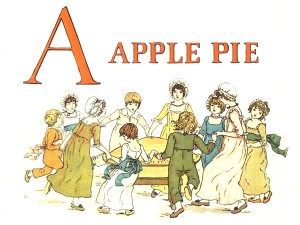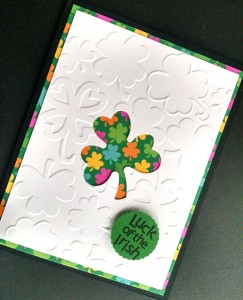Jim Bridger (born Richmond, Virginia, 1804; died near Kansas City, Missouri, July 17, 1881) was a scout and pioneer. He built Fort Bridger in Wyoming as a fur trading post and rest station for settlers traveling on the Oregon Trail.
Gottlieb Wilhelm Daimler (born Schorndorf, Kingdom of Wurttenberg, Germany, 1834; died Bad Cannstatt, Kingdom of Wurttenberg, German Empire, March 6, 1900) is known as the “Father of the Automobile.” He invented the internal combustion engine. Idea: Help students discover how a car engine actually works.
Ralph Fletcher (born Marshfield, Massachusetts, 1953) writes novels, picture books, and poetry books for children and young adults. His books include Fig Pudding and Moving Day.

One of Greenaway’s Illustrations
Kate Greenaway (born London, England, 1846; died London, England, November 6, 1901) wrote and illustrated children’s books. Children can read many of her works at: Project Gutenberg. The highly respected Kate Greenaway Medal is given each year to the best-illustrated book published in the United Kingdom. Children could learn more about Kate Greenaway and the Kate Greenaway Medal by consulting the Children’s Book Award Handbook, by Diana F. Marks.
Lilian Moore (born New York, New York, 1909; died Seattle, Washington, July 20, 2004) wrote about 50 poetry books and easy-to-read books for children. Her works included While You Were Chasing a Hat and I’ll Meet You at the Cucumbers. Children can learn more at: Lilian Moore.


